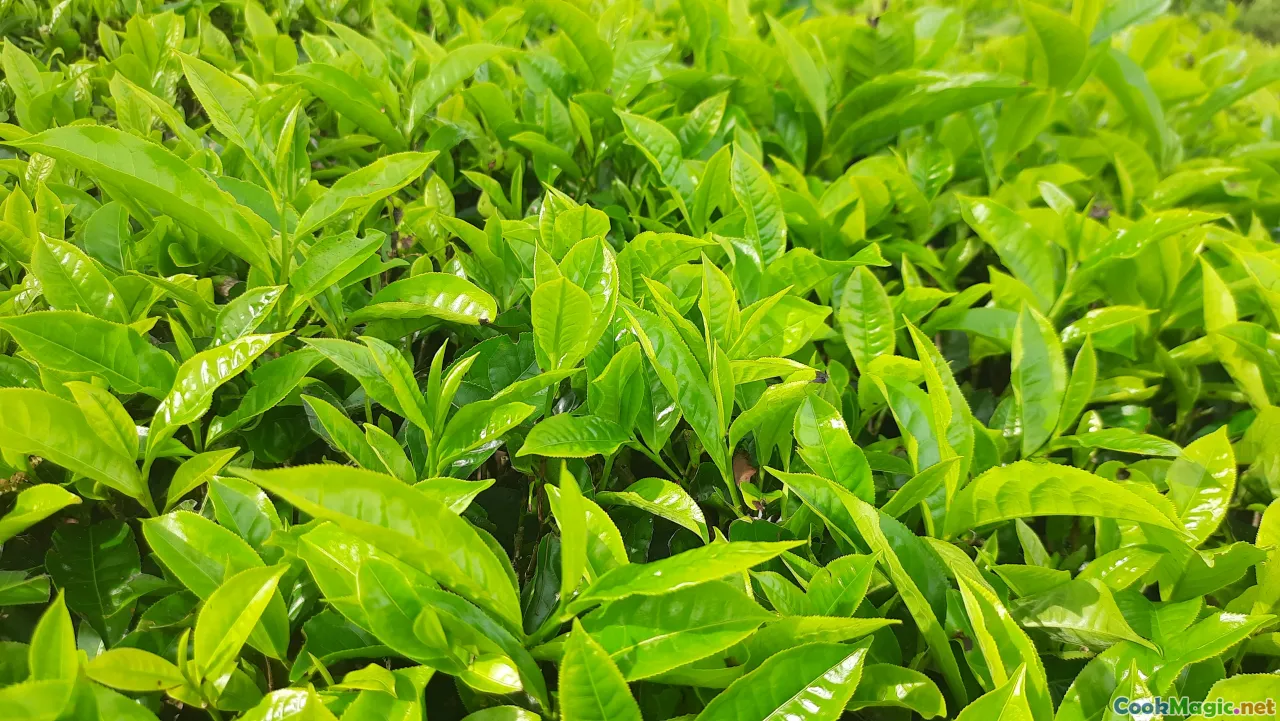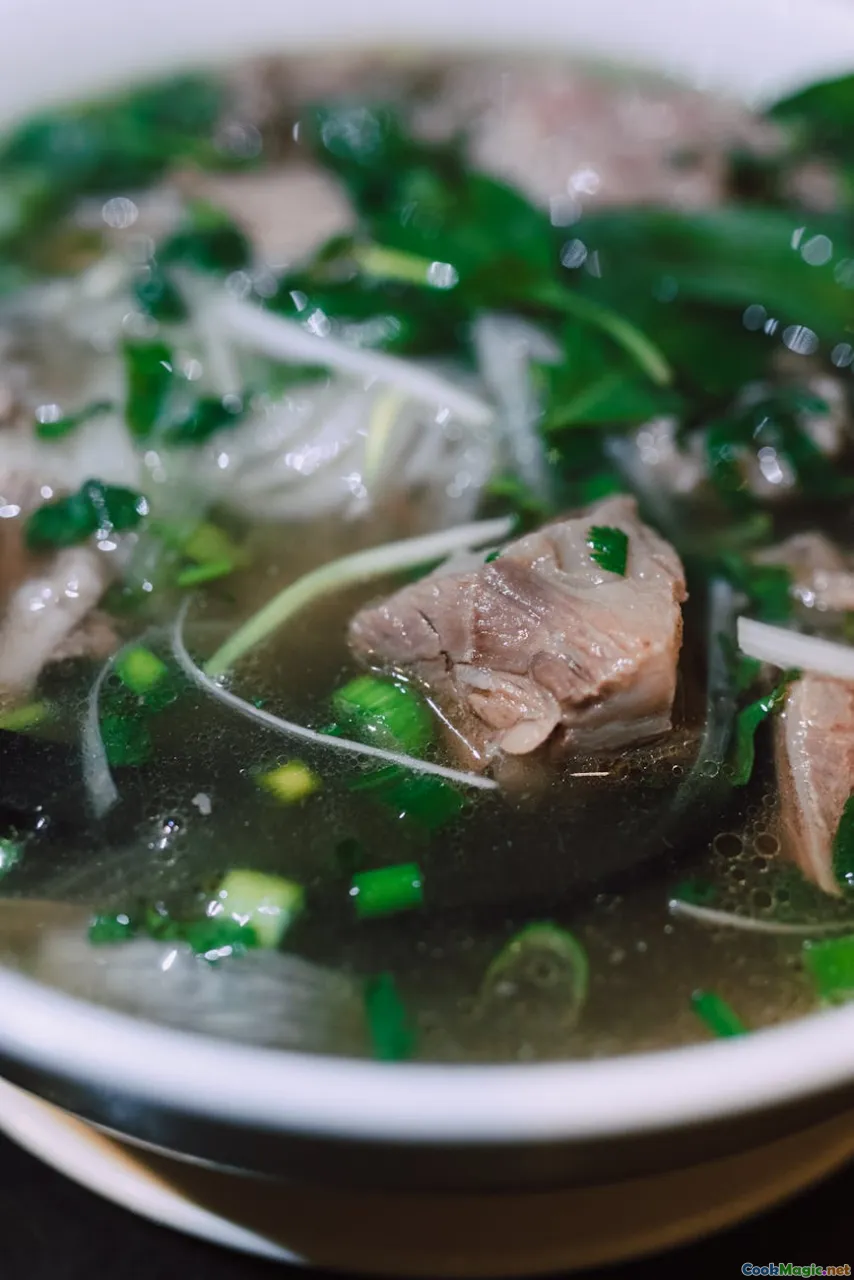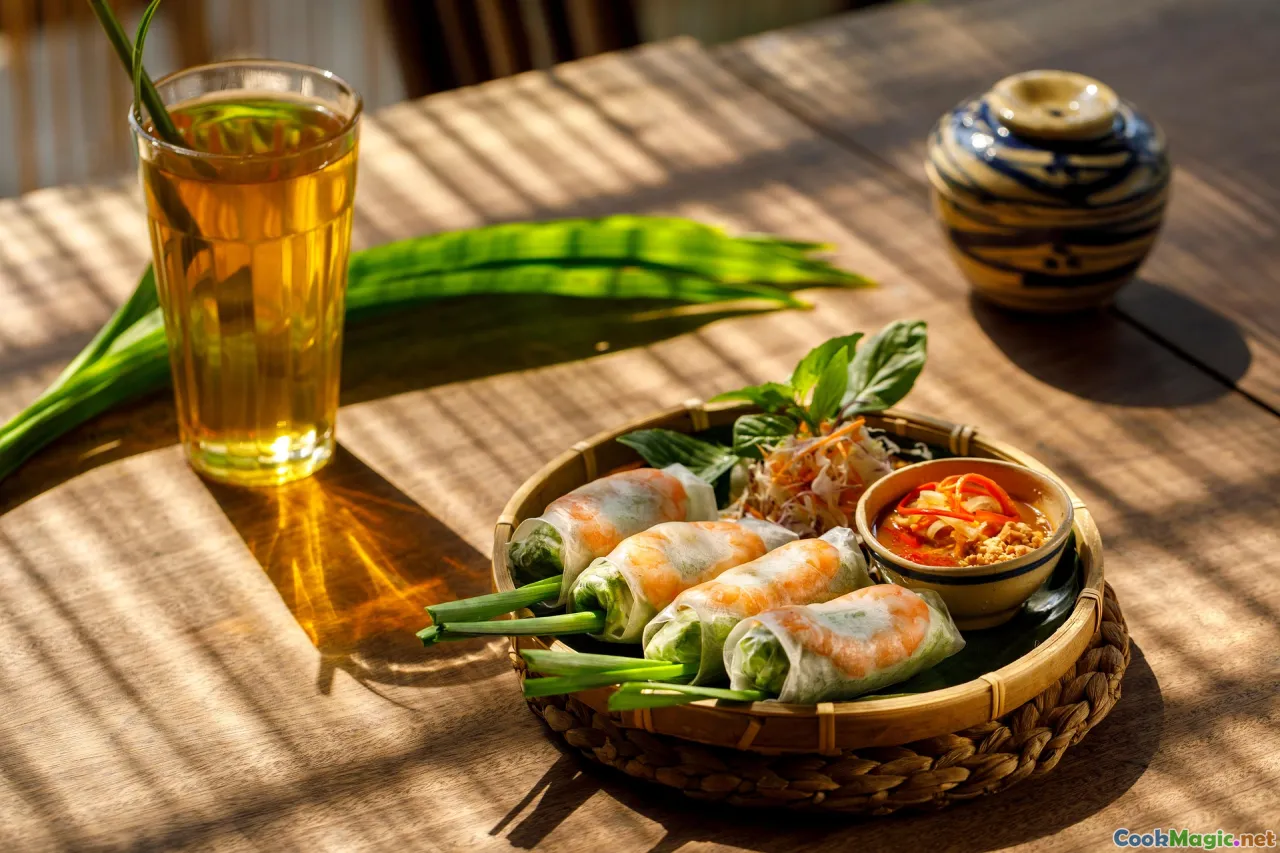Essential Vietnamese Herbs for Authentic Flavor
9 min read Discover key Vietnamese herbs that enhance authentic dishes and elevate your culinary experience with vibrant flavors. September 24, 2025 15:05
Essential Vietnamese Herbs for Authentic Flavor
The first time I stepped into a bustling Hanoi street market, the air was thick with a symphony of aromas—fragrant herbs mingling with sizzling meats and vibrant street food. It was a visceral reminder that Vietnamese cuisine isn’t just about ingredients; it's a language of scent, taste, and tradition. At the heart of this culinary poetry are herbs—those verde-tinted magic wands that elevate every dish into a tapestry of flavors. For anyone eager to capture the true essence of Vietnam's culinary heritage, understanding these herbs is essential. They’re not mere garnish; they are soul-deep ingredients that tell stories of history, geography, and passion.
Let’s embark on a fragrant journey through the core herbs that define authentic Vietnamese cooking, exploring their unique profiles, cultural significance, and ways to incorporate them into your own kitchen.
The Ubiquitous Fresh Herbs of Vietnam

Nurtured by Vietnam’s lush tropical climate, fresh herbs grow abundantly, filling city markets with their lively, herbal fragrances. These herbs are harbingers of freshness, serving as foundational elements in salads, broths, wraps, and marinades. Their vibrant leaves and aromatic oils create an aromatic symphony that awakens the senses.
1. Húng Quế (Vietnamese Basil)Deep green, slightly purple-hued leaves with a fragrant, aniseed aroma—Vietnamese basil is a cornerstone of numerous dishes likeBún Thịt Nướng (grilled pork noodle salad). Its distinctive aroma—sweet, slightly spicy, with an undertone of licorice—becomes a defining note when chopped fresh over a bowl of cold rice noodles topped with herbs and crushed peanuts.
Unlike sweet basil, Vietnamese basil has a more pungent, peppery bite that complements the richness of grilled meats. It’s also a key ingredient in gỏi cuốn (spring rolls) with fresh shrimp, herbs, and delicate rice paper, providing that aromatic burst of freshness.
2. Rau Răm (Vietnamese Coriander)

Light, peppery, with a subtle undertone of citrus, rau răm’s jagged-edged leaves are a staple in Vietnamese salads and dipping sauces. It imparts a bright, slightly spicy flavor—perfect for bún chả (grilled pork with noodles)—balancing smoky char and sweet-savory marinades. Some compare rau răm’s taste to a cross between coriander and mint, making it an intriguing addition that enlivens every bite.
3. Ngò (Cilantro)
Tested across cuisines worldwide, cilantro is prized in Vietnam for its fresh, citrusy aroma. It’s often sprinkled atop steaming bowls of pho or mixed into dipping sauces. The leaves offer a slightly soapy flavor to some, but in Vietnamese cooking, when used judiciously, cilantro adds a layer of bright, herbaceous freshness that cuts through savoriness.
4. Hẹ (Allium Herbal)Light, scallion-like with delicate white bulbs and slender leaves, hẹ is frequently used inphở and seafood dishes. Its mild onion note adds depth without overpowering other ingredients. A handful diced into hot broth or fried crispy as garnish lends a gentle pungency.
Herbs That Define Complexity and Balance

What sets Vietnamese cuisine apart is its masterful balance of flavors—sweet, sour, salty, bitter, and umami. The following herbs contribute to this harmonic complexity.
1. Txô Ngư (Vietnamese Mint)Vietnamese mint boasts a cooling, almost beer-like aroma that complements spicy salads and fish dishes. Its bright, fresh notes are essential ingỏi cá (fish salad), adding a crisp freshness that helps counterbalance richness.
2. Dưỡng Thảo (Perilla Leaves)
Dark purple or green perilla leaves have a complex aroma, combining notes of basil, mint, and anise. Used in pickles, salads, or wrapped around grilled meats, perilla boosts both flavor and visual appeal. Its slightly bitter edge adds depth.
Traditional Uses & Cultural Significance

Growing and harvesting herbs is more than a culinary activity in Vietnam—it’s woven into daily life, rituals, and communal gatherings. Many families still plant herb gardens in small plots or balconies, ensuring fresh supply for traditional dishes.
In regions like the Mekong Delta, herbs are harvested at dawn for festivals, symbolizing respect for nature and ancestors. They’re also pivotal in tết celebrations, where fresh herbs symbolize renewal and prosperity.
How to Incorporate Vietnamese Herbs into Your Kitchen
1. Fresh is Best
Always source fresh herbs—look for vibrant green leaves, no yellowing or wilting. If growing your own, choose herbs suited for your climate; basil, mint, and cilantro thrive in sunny windows or outdoor gardens.
2. Preserve without Compromising Flavor
Use herbs as close to harvesting as possible. If storing, lightly wrap in a damp paper towel, place in a plastic bag, and keep in the fridge crisper drawer.
3. Layer for Full Flavor
Combine multiple herbs in a dish to create complex, layered flavors. For stir-fries or salads, add herbs just before serving to preserve their aroma.
4. Create Authentic Dipping SaucesHerb-infused sauces likenước mắm pha often include chopped garlic, chili, sugar, and lime with an abundance of herbs—perfect for dipping spring rolls or grilled meats.
Personal Insights and Culinary Experimentation
During my travels through Vietnam, I noticed chefs and home cooks alike handle herbs with reverence. Watching a street vendor whip together a bún bò Huế (spicy beef noodle soup), I was struck by how the fragrant sprigs of rau răm and cilantro are artfully placed, almost like finishing touches of a painting.
Inspired, I began experimenting with herbs in my own kitchen. A simple grilled chicken salad was transformed by a handful of perilla leaves and rau răm—a reminder that authenticity isn’t just about ingredients but about respecting their role in flavor harmony.
Elevating Your Dishes with Authentic Herbs
By understanding and thoughtfully incorporating these essential Vietnamese herbs, you open a portal to a cuisine that celebrates vibrant, fresh, and balanced flavors. Whether you’re recreating the soul-warming comfort of pho or crafting a delicate summer roll, these herbs hold the soul of Vietnam’s culinary heart.
Remember, every sprig, leaf, and stem carries centuries of tradition—all waiting to be rediscovered in your own evolved kitchen. Dive into the fragrant world of Vietnamese herbs, and let your dishes tell a story of history, culture, and passion.
Chúc ngon miệng! — Bon appétit!









